Table of content
Introduction
Citrus fruits are a beloved category of fruits enjoyed worldwide for their refreshing taste, vibrant colors, and numerous health benefits. From oranges and mandarins to grapefruits and lemons, these fruits offer a wide range of flavors and textures that can satisfy any palate. However, not all citrus fruits are created equal. Some can be dry, bitter, or lackluster, while others burst with juice, sweetness, and a perfect balance of acidity. So, how do you pick the best citrus fruits that promise a delightful eating experience? This guide will walk you through the essential steps and tips for selecting delicious citrus fruits, ensuring that every bite is a treat.
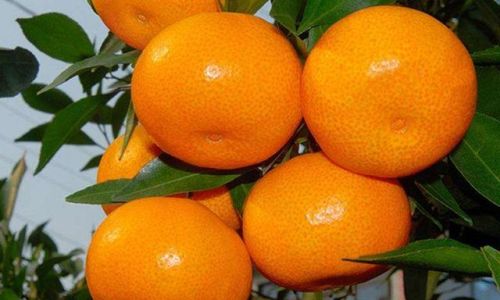
Understanding Citrus Varieties
Before diving into the selection process, it’s crucial to understand the different types of citrus fruits available. Each variety has its unique characteristics, flavors, and best-suited uses. Here are some popular citrus fruits you might encounter:
-
Oranges: Known for their juicy flesh and sweet-tart balance, oranges come in various types such as navel, Valencia, and blood oranges.
-
Mandarins: Smaller and easier to peel than oranges, mandarins are typically sweeter and less acidic. Varieties include tangerines, clementines, and satsumas.
-
Grapefruits: Larger and more tart than oranges, grapefruits have a bitter rind that should be avoided. They come in white, pink, and red flesh varieties.
-
Lemons: Known for their intense acidity and bright flavor, lemons are essential for cooking and baking. They come in various sizes and can be yellow or green.
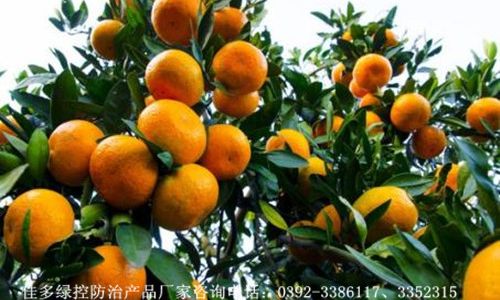
-
Limes: Similar to lemons but smaller and more intense in flavor, limes are perfect for adding a zesty kick to dishes.
-
Tangerine Hybrids: Fruits like Meyer lemons and ugli fruits are crosses between different citrus varieties, offering unique flavors and textures.
-
Pomelos: Large, bitter-tasting citrus fruits with a thick rind, pomelos are often used in Asian cuisine.
-
Kumquats: Tiny, sweet-and-sour citrus fruits that can be eaten whole, including the rind.
By familiarizing yourself with these varieties, you can better understand what to expect in terms of taste, texture, and usage. This knowledge will guide you in selecting the best fruits for your needs.
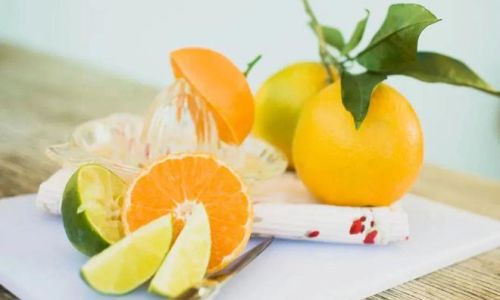
Visual Inspection: The Art of Appearance
The first step in selecting delicious citrus fruits is to inspect their appearance. A fruit’s exterior can reveal a lot about its quality and ripeness. Here are some key visual cues to look for:
Color
- Oranges and Mandarins: Look for fruits with a bright, even color. Avoid those with green patches or dull hues, which may indicate they are not fully ripe.
- Grapefruits: Choose fruits with a smooth, evenly colored rind. The flesh color (white, pink, or red) is a matter of preference but should not affect taste significantly.
- Lemons and Limes: Green lemons and limes are often unripe and less juicy. Look for yellow lemons and limes, though some varieties may remain green when ripe. The color should be even and vibrant.
Skin Texture
- Smoothness: A smooth, blemish-free rind indicates a healthy fruit. Avoid fruits with cracks, soft spots, or mold.
- Firmness: Gently press the fruit. It should feel firm but yield slightly to pressure. Overly soft fruits may be overripe or moldy inside.
- Bumps and Blemishes: Small bumps on the rind are normal and do not affect the fruit’s quality. However, large bruises, scars, or soft spots can indicate internal damage.
Shape and Size
- Uniformity: While size can vary within a species, fruits that are roughly uniform in shape and size are often more mature and developed.
- Heavy for Its Size: A heavy fruit indicates a higher juice content, which is generally preferable.
Special Considerations
- Navel Oranges: Look for a small, secondary fruit (the navel) at the stem end. This indicates a navel orange and is often a sign of good quality.
- Blood Oranges: These oranges have a deep red-orange flesh. The rind might have a reddish hue, but this is not always the case.
Olfactory Assessment: The Power of Smell
Your nose can be a powerful tool in selecting delicious citrus fruits. A ripe, fresh citrus fruit should have a strong, pleasant aroma. Here’s how to use your sense of smell to your advantage:
Freshness
- Aroma Intensity: A strong citrus scent indicates freshness and ripeness. If the fruit smells faint or has no aroma, it may be underripe or past its prime.
- Distinctiveness: Each citrus type has a unique smell. Learn to recognize the distinct aroma of each variety to better judge its freshness.
Avoiding Off Odors
- Moldy or Rotten Smell: Any hint of mold, rot, or alcohol indicates that the fruit is spoiled and should be avoided.
- Chemical Smell: If the fruit smells artificially perfumed or has a chemical odor, it may have been treated with preservatives or pesticides. Choose another fruit.
Tactile Examination: The Touch Test
Touching the fruit can provide additional insights into its freshness and quality. Here’s how to use your sense of touch effectively:
Firmness and Yield
- Gentle Pressure: As mentioned earlier, a firm fruit that yields slightly to pressure is often ripe and juicy. Avoid fruits that are too hard (underripe) or too soft (overripe or moldy).
- Elasticity: When you press a ripe citrus fruit, it should bounce back slightly. A fruit that feels mushy or collapses under pressure is likely overripe.
Skin Feel
- Texture: The rind should feel smooth and even. Rough, bumpy, or cracked rinds can indicate poor quality or handling.
- Coldness: Citrus fruits stored in refrigerated conditions will feel cold to the touch. This is not a sign of quality but can indicate freshness if the fruit was recently stored.
Special Techniques
- Thump Test: Lightly thump the fruit with your knuckle. A ripe citrus fruit should produce a hollow sound, indicating that it is juicy. A dull thud may indicate dryness.
- Roll Test: Gently roll the fruit on a flat surface. A ripe citrus fruit will roll smoothly without resistance. This can help identify fruits with internal softening or mold.
Seasonal Considerations: When to Buy
Citrus fruits are available throughout the year, but their peak seasons vary by variety. Buying fruits in season ensures maximum freshness, flavor, and nutritional value. Here are the peak seasons for some popular citrus fruits:
- Oranges: Available year-round, but peak season is from November to April.
- Mandarins: Peak season is from October to March.
- Grapefruits: Available year-round, but peak season is from December to May.
- Lemons and Limes: Available year-round, but peak season for lemons is from October to April, and for limes, it’s from May to September.
Buying from local farmers’ markets or grocery stores that prioritize seasonal produce can help you access the freshest citrus fruits.

Storage and Shelf Life: Keeping Your Citrus Fresh
Once you’ve selected your delicious citrus fruits, proper storage is crucial to maintaining their freshness and flavor. Here are some tips for storing citrus fruits:
Room Temperature
- Short-Term Storage: Citrus fruits can be kept at room temperature for a few days. This is ideal if you plan to eat them soon.
- Ventilation: Store fruits in a well-ventilated area to prevent mold growth. Avoid storing them in closed containers or plastic bags.
Refrigeration
- Longer Shelf Life: For longer storage, refrigerate citrus fruits in an airtight container or plastic bag with holes for ventilation. This can extend their shelf life by up to two weeks.
- Crispness: Note that refrigerated citrus fruits may lose some of their crispness but will retain their juice and flavor.
Freezing
- Juice Preservation: If you have too many citrus fruits and want to preserve their juice, you can freeze it in ice cube trays or airtight containers. Frozen citrus juice retains its flavor well and can be used for cooking or drinking.
Avoiding Ethylene Gas
- Separation: Ethylene gas, produced by some fruits, can cause citrus fruits to ripen too quickly or spoil. Store citrus fruits away from ethylene-producing fruits like bananas, apples, and avocados.
Conclusion: Enjoying the Perfect Citrus Experience
Selecting delicious citrus fruits is a combination of art and science. By understanding the different varieties, inspecting their appearance, using your sense of smell, and employing the touch test, you can pick fruits that promise a delightful eating experience. Additionally, knowing the peak seasons and proper storage techniques will ensure that your citrus fruits stay fresh and flavorful.
Remember, the best way to learn is through practice.
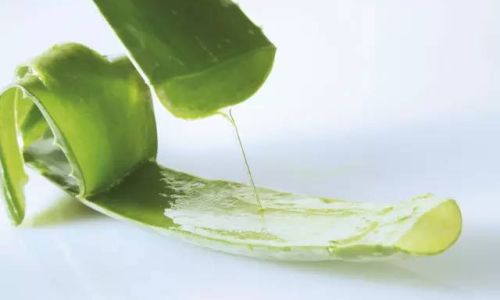
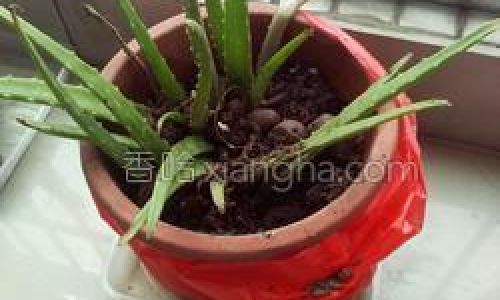

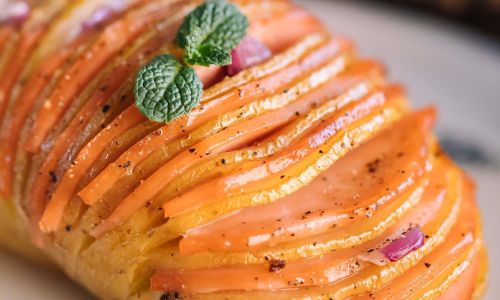
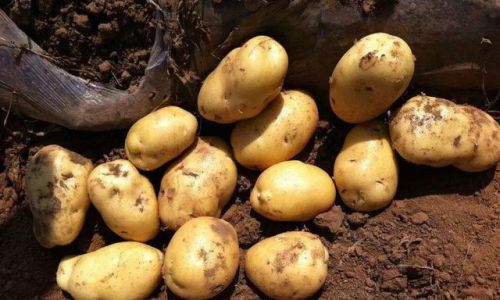
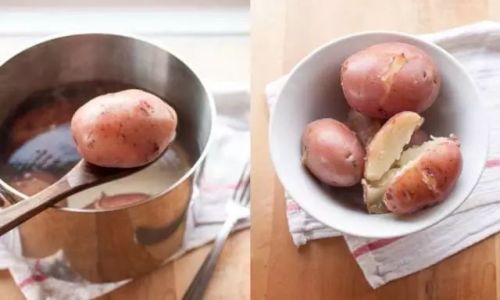
0 comments